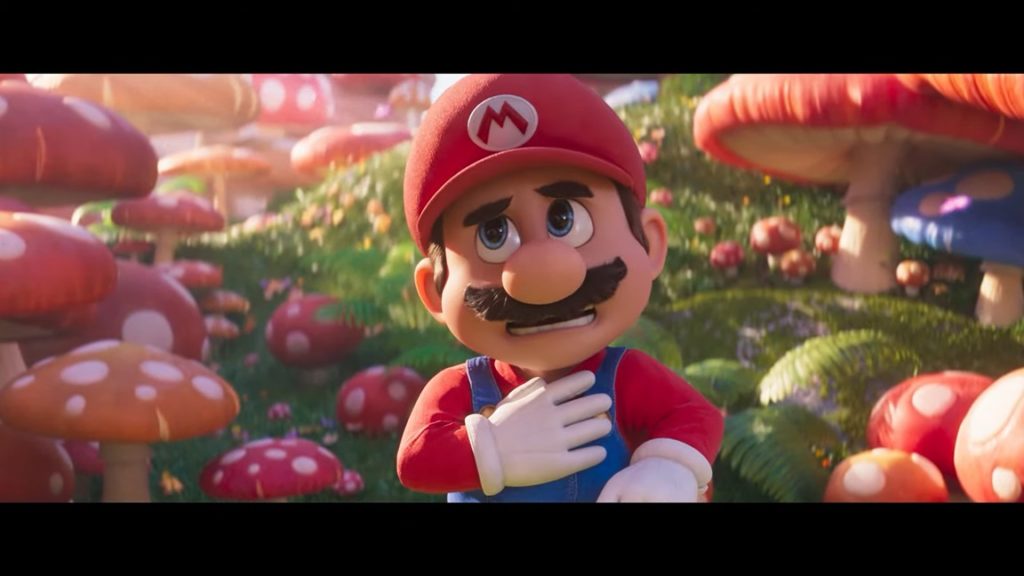How Prince Charming Marries a Princess
Produced by Vanguard Animation and released on Netflix, this animated fairytale movie has a lot of ironies as the story is told by the prince himself.


The Super Mario Bros. Movie is a 2023 feature film adaptation of the popular video game series of the same name. Viewers who are familiar with the popular video game series will recognize their favorite characters making their way to the big screen. This film adaptation is much more accurate than the 1993 film of the same name (which happened to be a critical failure) and ties in with the storylines of the video game series, as the plot revolves around two plumbers going on a quest to save the kidnapped princess. This analysis will discuss the lack of inclusivity and diversity in the film adaptation that stems from the same lacking in the source material.
For one, viewers see that there is little to no representation of women in this film adaptation of Super Mario Bros., as Princess Peach is the main and only female role. The absence of female video game characters from the video game series such as Princess Daisy, Toadette (who makes a cameo appearance), and Rosalina has reduced the inclusivity in this movie. Princess Peach does not play a main heroic role as she is the damsel in distress, a stereotypical image of women in popular video game series. Anya Taylor-Joy, the actress who voices Peach, is a blond woman who stands out from the male actors.

In addition, we see that there is no representation of any minorities, as many actors voicing the characters are white men. The director of this film adaptation is also a white man. Viewers see only one African American actor who plays a minor role in Super Mario Bros. Though this film adaptation is based on the video game series of the same name, the movie lacks inclusivity.
Many features from the video game series such as power-ups appear in this film adaptation. What makes this film adaptation different from the video game series is that the characters are given spoken dialogue in the movie, whereas the characters only speak one or two phrases in the video game series. Also, if viewers listen closely, they hear the characters’ voices sound deeper than the voices from the original video game series. Many voice actors are adult men. Yoshi, Mario’s dinosaur pal, only makes a small cameo appearance in this film adaptation. The characters’ hair features are more textured in this animation style.
The lack of inclusivity in this film adaptation reflects the stereotypes and sexism in popular video games, especially stereotypes of women and people of color. The stereotyping and sexism of women in video games reflect how women are presented as helpless and weak underlings in comparison to men. Male dominance is an element we see often in the Super Mario Bros. series. In addition, many characters within the series are white men; this reflects the dominance of white people and how they are portrayed as real heroes. People of color are stereotyped in a negative way.
Overall, this film adaptation of Super Mario Bros. lacks inclusivity despite having a more accurate storyline to the video games.
Related lists created by the same author
Produced by Vanguard Animation and released on Netflix, this animated fairytale movie has a lot of ironies as the story is told by the prince himself.
Related movie/TV/List/Topic
'Brother' is a gripping family drama with dazzling performances all around.